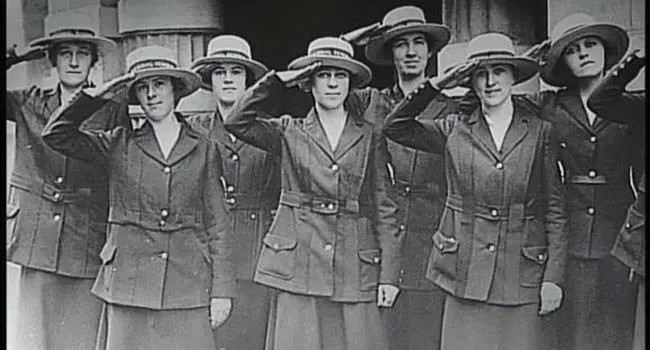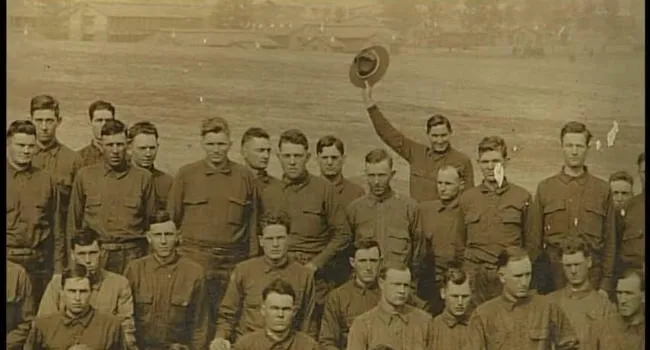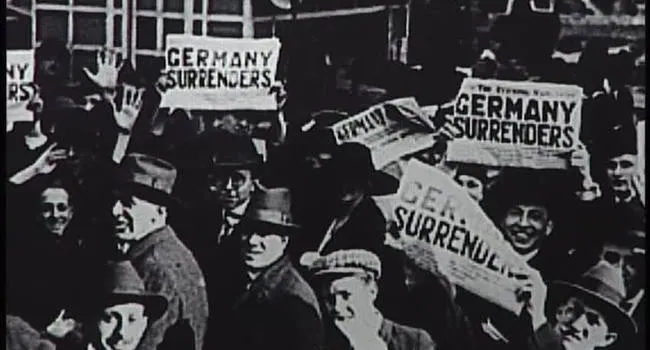The flu epidemic created horrors not only overseas, but at home. The origin of the epidemic was not certain to doctors and scientists, but several theories were proposed. One theory proposed it came from Kansas in February of 1918. In Kansas, large groups of men were congregating around livestock and the germs that accompanied them. A troubling characteristic of the flu is that it affected those who were the youngest and healthiest. The rationale behind this was that young adults and teenagers congregated the most, and thus, spread the flu rapidly.
The focus became helping the sick at home. President Wilson did not understand the serious nature of the illness and underestimated its severity. Because of this, the government continued to transport sick men overseas and to other camps, making the flu spread like wildfire. Tens of thousands of Americans died. In December, 1918, the flu arrived in full force to South Carolina and it took weeks for people to recuperate, if they lived. High fever led to pneumonia, which was so lethal, people drowned in their own phlegm and had blue limbs due to lack of oxygen.
Hospitals were rare because medical doctors enlisted in the army. Few doctors were left in South Carolina, and they could not provide much help. Caskets came from Camp Sevier and piled at the railroad station. To try to find an antidote or at least help the ailing, the State Health Board proposed to use confiscated alcohol. This had little affect and the community did not have the personnel to help every ailing person.
As a result of the flu epidemic, six times as many Americans died on the home front compared to dying from the war itself. Across South Carolina, 8-10 thousand people died in a two month period. 15-10 million people died worldwide.





